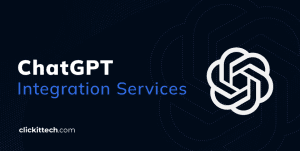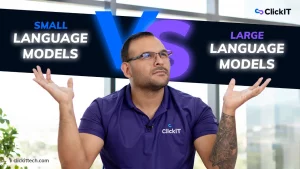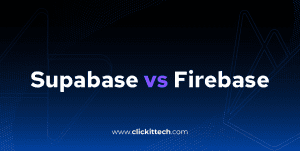Imagine launching your product with just the core features, getting honest user feedback, and then refining it into something extraordinary. Sounds great, right? Well, that are some of the reasons why build an MVP in 2025!
Why should you build an MVP?
First, it’s all about development flexibility. Starting lean allows you to iterate and adapt based on user feedback and market demands, which is crucial in today’s fast-paced tech world. So, to help you use user feedback in your favor, Agile Methodologies such as SCRUM will help you adapt quickly to changes and align your project with your vision and goals.
Second, it minimizes upfront costs. You can test your idea without heavy financial investments, reducing risks and enabling you to focus on what truly matters to your users. A team of collaborative experts in building successful MVPs follows the best practices to get you into your market faster, gain a competitive edge, and start revenue streams early.
But hey! That’s not all. Building an MVP means ensuring scalability and accessibility. With end-to-end support, you can ensure your product scales smoothly and remains accessible to a broader audience as it grows by constantly implementing core features.
What to Consider When Planning to Build an MVP?
Well, to make it simple, the PMI highlights three characteristics that each project must define to succeed.
First, scope. A project with a well-defined scope helps your technical team understand your expectations for the project. It also establishes the stakeholders, objectives, deliverables, and definition of success. With this in mind, your team will have enough information to consider and advise you, if required, about the necessary resources and possible risks you might need help with.
Second, cost. Having a clear budget helps you minimize the investment risk. It also allows you to define the resources you’ll need (e.g., cloud resources, API, domain, SSL certificate) and the talent to make your dream a reality (e.g., software developers, sysadmins, PM, testers).
Lastly, schedule. Once we know the scope we want and the cost or budget we are willing to invest, we can talk about the schedule: when the MVP phase starts and finishes, the order of the deliverables, the critical path and dependencies, and most importantly, when you can start testing your idea with real users.
Read our blog post on How To Build A Successful SaaS MVP.
Key Factors to Choose the Right Partner.
Okay, we have covered the importance of an MVP and the pillars of planning, but there is still an important topic to cover. Now that we’ve seen how powerful an MVP can be, who do we work with to achieve it? How do we know our investment in a team is worth it? Here are the nine key factors that ensure we’ve picked the right partner.
- Delivery Time: Time is money, and as we mentioned before, working on schedule will help you take care of your wallet too. Even when unplanned events occur, your team must be committed to adapting and reaching the goals you have set.
- Technical Expertise: Based on the technical challenge, your team must provide you with the talent you need, balancing cost-effectiveness and schedule. One key thing to look for is the qualifications of the engineers. For example, most of our team members are AWS certified, so you can trust they have the skills needed for the job.
- Communication: Consider how your team will manage communication and project updates. For example, a team that uses SCRUM will provide daily updates, and you’ll be invited to regular meetings like Demos and Retrospectives to stay informed on your project’s progress. Plus, you’ll have a Project Manager like me who’s always here to help if you need anything.
- Added Value: A team that only receives and delivers tasks is good, but a team that receives, asks, comments, proposes, and delivers is better. A great partner should aim to exceed client expectations with quality solutions, creating a positive environment for both clients and employees.
- Emergency Response: We hope this never happens, but if it does, you will want to hire a team willing to jump right in to save the day.
- Cultural Affinity: The right partner will be part of your team. You won’t feel like they are random people but rather your team. Additionally, working in the same time zone and sharing values makes a huge difference.
- Quality: How the work is delivered matters. We believe in doing things right the first time because anti-patterns in coding lead to a lot of rework in the future, which affects your wallet too.
- Availability: Lean and agile support at the right time. Your partner must be available and prepared for what you need.
- Proactivity: Your team must ask questions and care about the work because they take ownership seriously. Therefore, they also care about your success. As we see it, your goals are ours.
Are you still unsure about choosing a partner to build an MVP? Read our Clutch reviews to see why our customers trust us.
So, to wrap up, remember that an MVP helps you test and refine your idea with minimal risk, reduces upfront costs, and ensures your product is scalable and accessible. Choosing the perfect product development partner with the right traits can make all the difference in turning your vision into a success.










